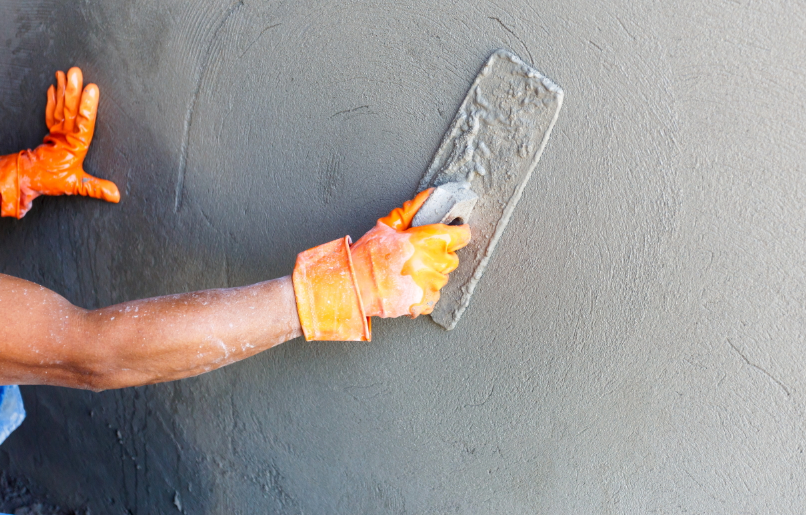Home construction involves different processes. One of which is the rendering or plastering of the interior and exterior wall structures. It is often referred to as the ornamentation process because this is when workers use different materials to create decorative mouldings on the walls and ceilings. Companies that offer plastering and decorative services have expert plasterers who can suggest which type of plastering will work best for different properties.
Final plastering material is usually prepared by mixing cement, lime or sand, with water. Homeowners may want their floors, walls, ceilings, pavements, pillars, and other areas plastered. This is because plastered surfaces are easy to maintain and clean. They can be polished. Although cracks may appear, they are just superficial and can be repaired without spending much.
Here are some of the most common types of plasterwork:
Cement Plaster
Cement plastering is the most common type of rendering done in home construction. Cement is used to bind materials together, and the mixture depends upon the kind of work to be done. This is usually done for bathroom walls or plastering walls in general. Plasterwork can be done in one or two coats. Cement plaster is also used as a base for adding other materials such as stone, limestone, marble, or granite.
Lime Plaster
Lime plaster application is a job for professional and skilled plasterers. Although preparation is the same as the cement plaster mix, the ingredients depend on the number of coats to be applied. Lime plastering is usually done for walls and ceilings indoors. This material is not advisable for DIY projects because of the complicated mixing process required. Experienced and professional plasterers can come up with the right mix of materials and do the rendering process to achieve the best results.
Stucco Plaster

Stucco plastering is done mainly for decorative purposes. The first layer is called the scratch coat, and it is made of lime plaster. The second coat is made of rich and fat lime plaster, and the final layer is a mixture of fine lime and ground stone. It can be confusing to know the different amounts and material for the mixture for each layer, so this is best done by professionals. Stucco rendering can be done for surfaces both indoors and outdoors.
Mud Plaster
For mud rendering, the surface is prepared with cement plaster, then a mixture of cow dung and cement is prepared for the top layer. The mud plaster mixture is evenly applied on the cemented wall surface. It should be allowed to set for at least 24 hours before the next mud plaster application is done. This process is called tampering and is done to prevent breaking and shrinking the plaster. Tampering is also a complex process where water is lightly applied on the surface and polished.
Plastering and rendering work can be a complicated process of mixing and applying the mixture on different surfaces. Professionals with extensive years of experience can provide the best results for this process. Avoid wasting time, money, and construction materials by hiring only the best team to do rendering work for you.

